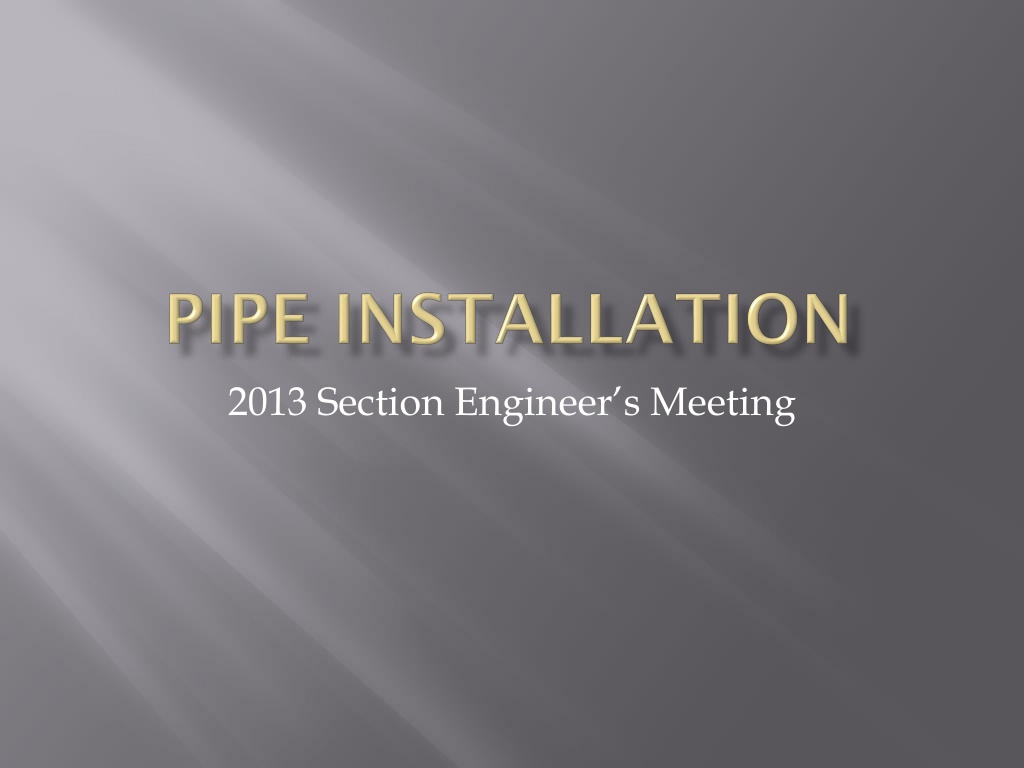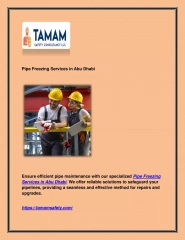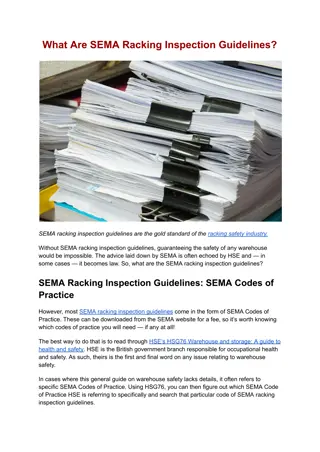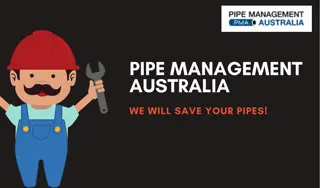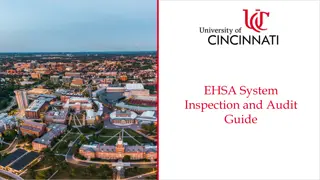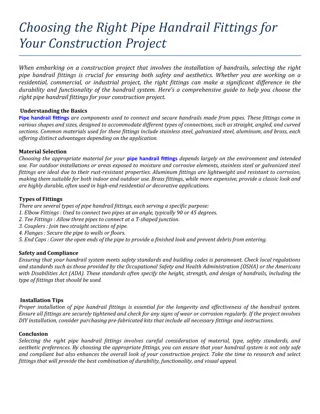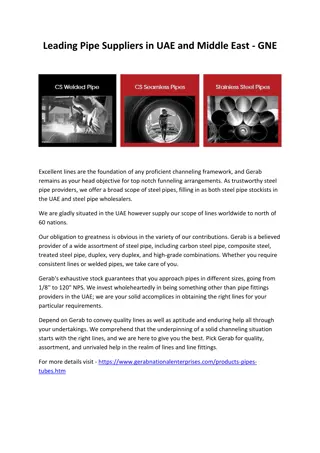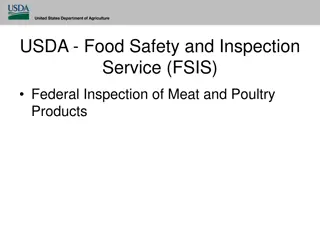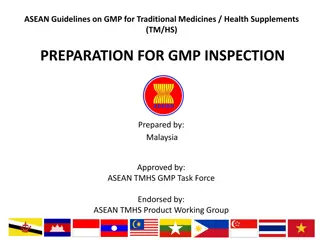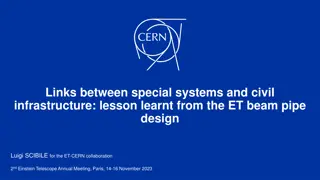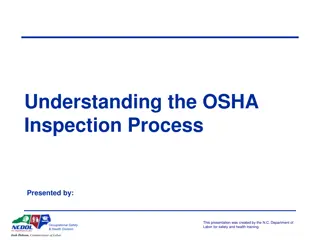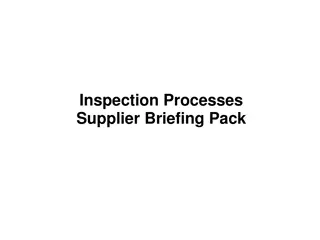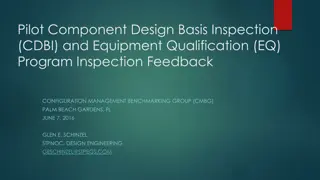Best Practices for Pipeline Construction and Maintenance
Ensure successful pipeline construction and maintenance by following key guidelines such as selecting the correct type, gauge, and coating based on pipe specifications, checking staking and elevation accuracy, constructing joints as per specifications, and emphasizing proper backfilling and compaction techniques. Safety standards and erosion control measures are crucial throughout the process. Additionally, conduct pipeline video inspections for quality assurance.
Download Presentation

Please find below an Image/Link to download the presentation.
The content on the website is provided AS IS for your information and personal use only. It may not be sold, licensed, or shared on other websites without obtaining consent from the author.If you encounter any issues during the download, it is possible that the publisher has removed the file from their server.
You are allowed to download the files provided on this website for personal or commercial use, subject to the condition that they are used lawfully. All files are the property of their respective owners.
The content on the website is provided AS IS for your information and personal use only. It may not be sold, licensed, or shared on other websites without obtaining consent from the author.
E N D
Presentation Transcript
Correct Type, Gauge, and Coating (Standard Drawings) Based on Pipe Diameter, Fill Height & Soil pH Obtain copy of Manufacturer s Handling and Installation procedures Pipe Condition Defects to look for are different for each type of pipe (RCP, CMP, PVC etc.)
Check Staking Correct Station Inlet/Outlet Elevations Ensure proper grade. Pipe Pads/Trench Condition Excavation Pipe Undercut if Rock or Soft Foundation Price is in Spec Book
Joints Construct per Spec depending on Type of Pipe 54 and greater must be wrapped with Type IV Fabric 3 min width Bedding and Fabric Use No. 8 or 9-M aggregate for bedding Excavate a cradle for pipe and check with template Use Type IV Fabric when backfill and surrounding conditions are different gradations, at $2 / sq yd
Backfill and Compaction Granular Backfill in Trench Flowable Fill if under existing road or within one pipe diameter of subgrade Construction Loads 48 Inches min depth needed Monitor Pipe During Construction Too much emphasis cannot be placed on the necessity of adequate compaction of backfill. Faulty compaction has led to more trouble with pipe installations, flexible and rigid, than all other factors combined! NCSPA
Safety OSHA Standards Proper Erosion Control
Pipeline Video Inspection (> 250 LF of Pipe and ADT > 1,000) Conduct camera/video inspections in accordance with KM 64-114 on 100 percent of the pipes that are located under the road and 50 percent of the pipes that are not under the road. Schedule the inspections no sooner than 30 days after completing the installation and completion of earthwork to within 1 foot of the finished subgrade.
Crack Testing for Rigid Pipe < or = 0.1 inch 100% Pay > 0.1 inch - Remediate or Replace Deflection Testing for Flexible Pipe 0.0 to 5% - 100% Pay 5.1 to 7.5% - 75% Pay 7.6 to 9.9% - 50% Pay 10% or greater Remove and Replace Note: Structural Analysis to be provided if over 5%
